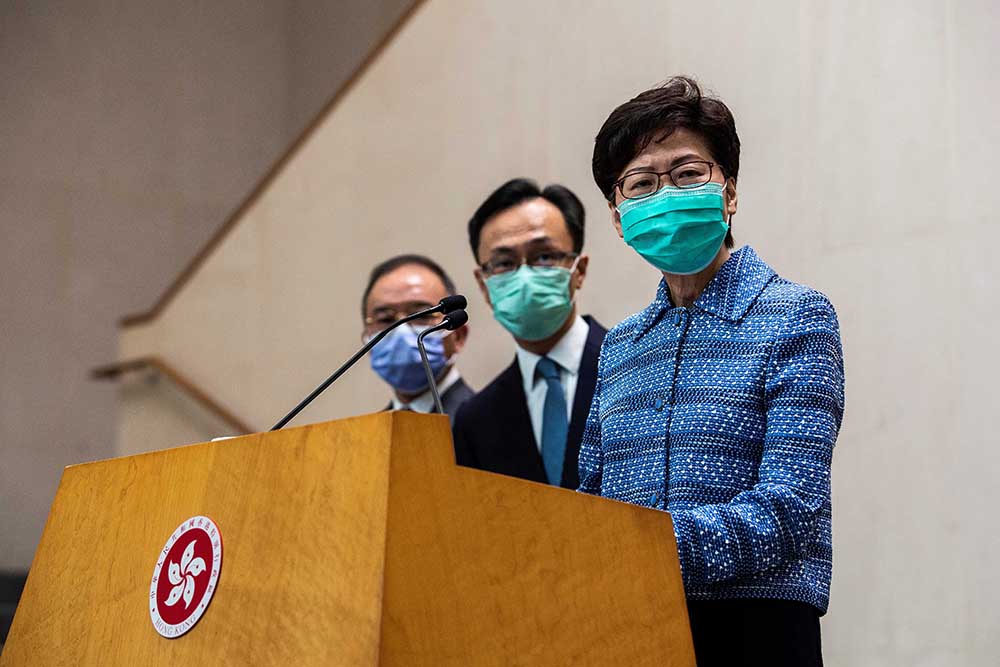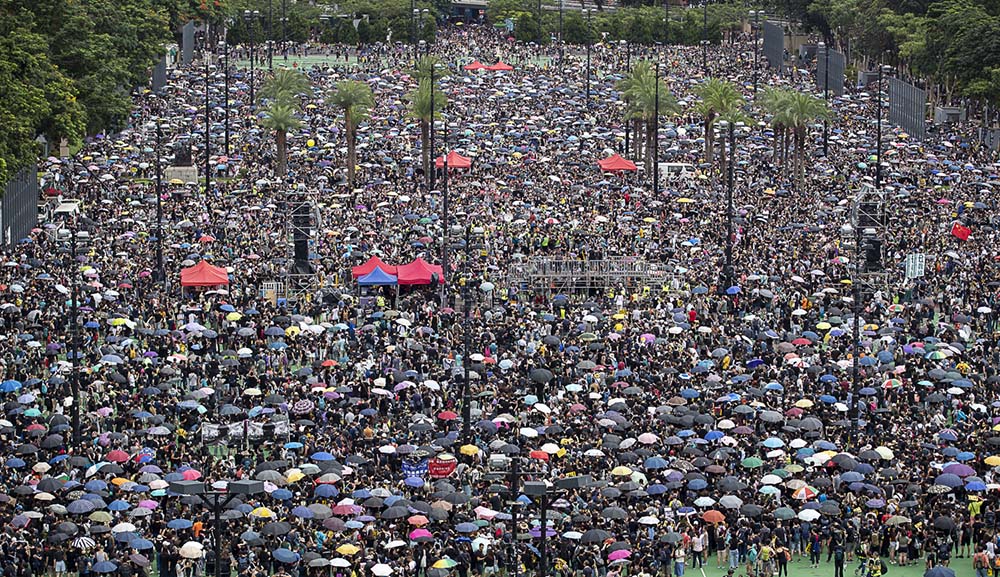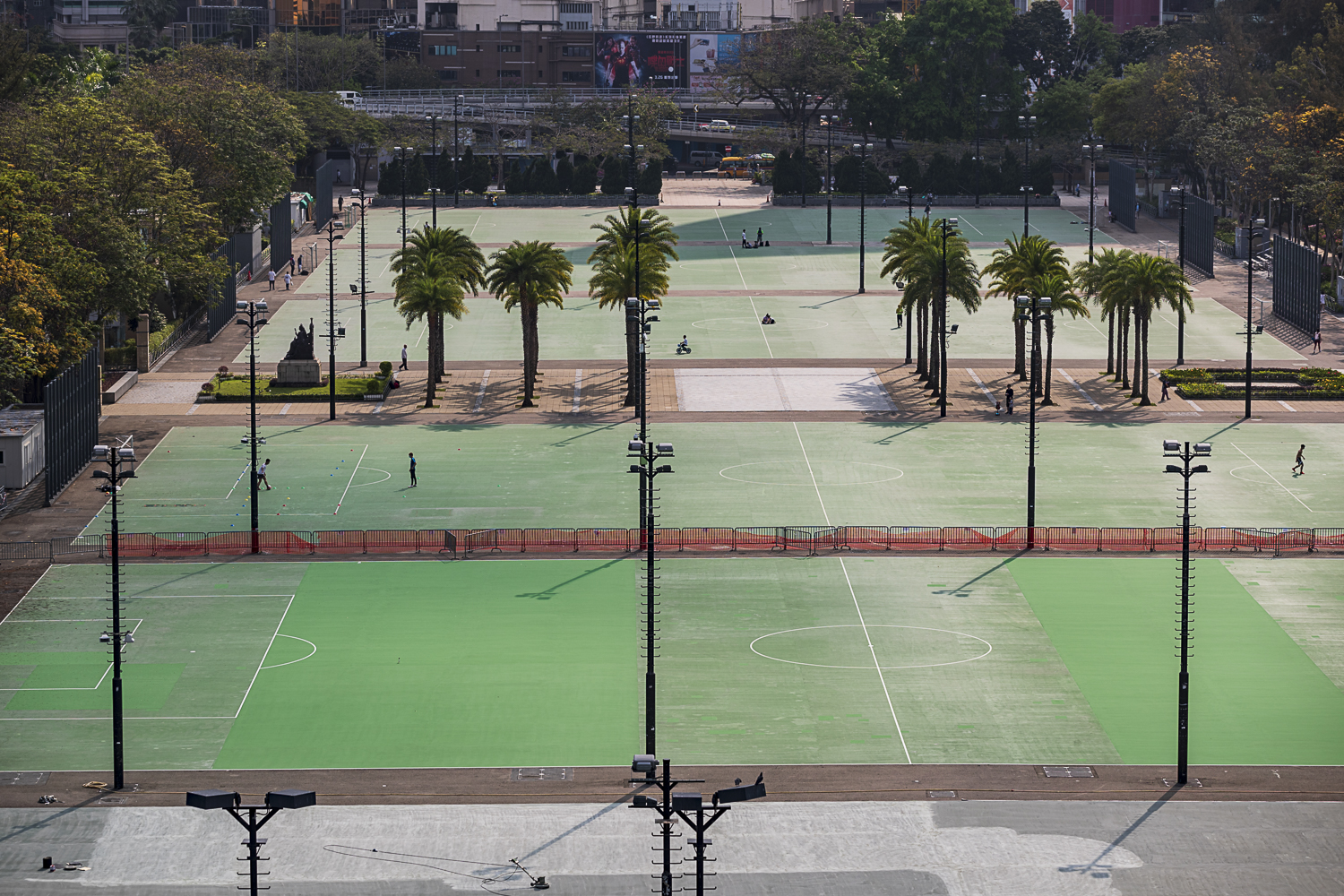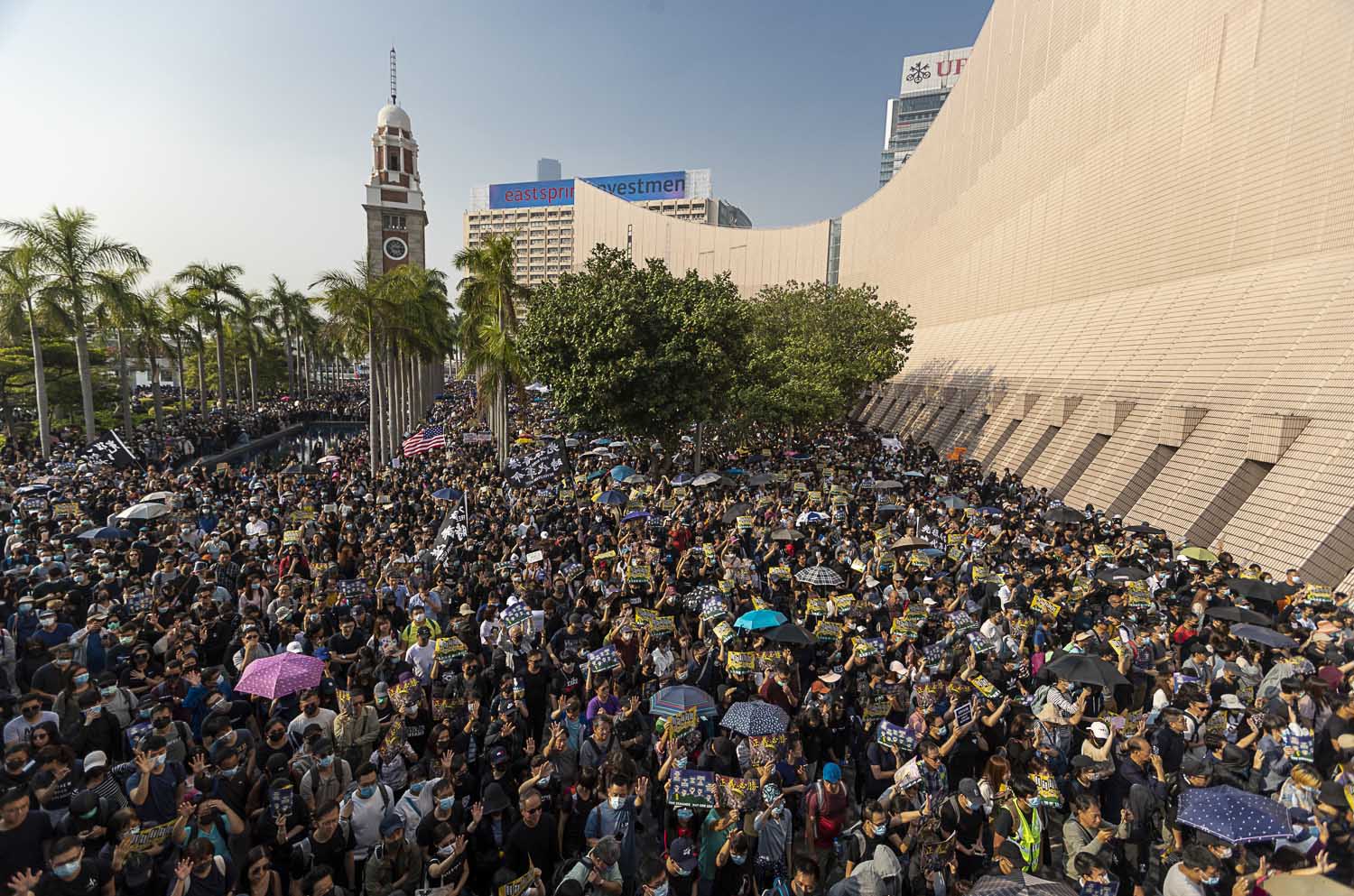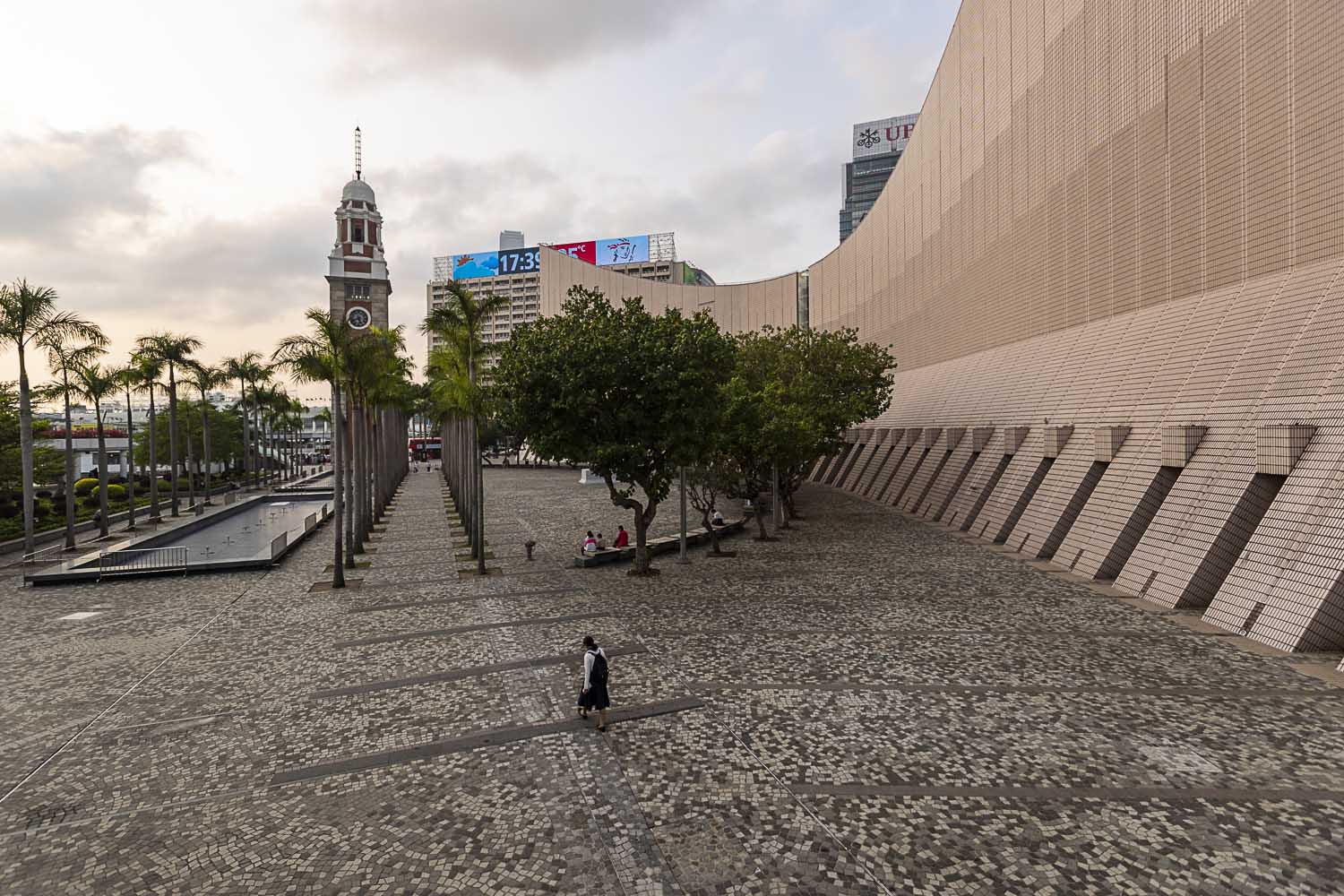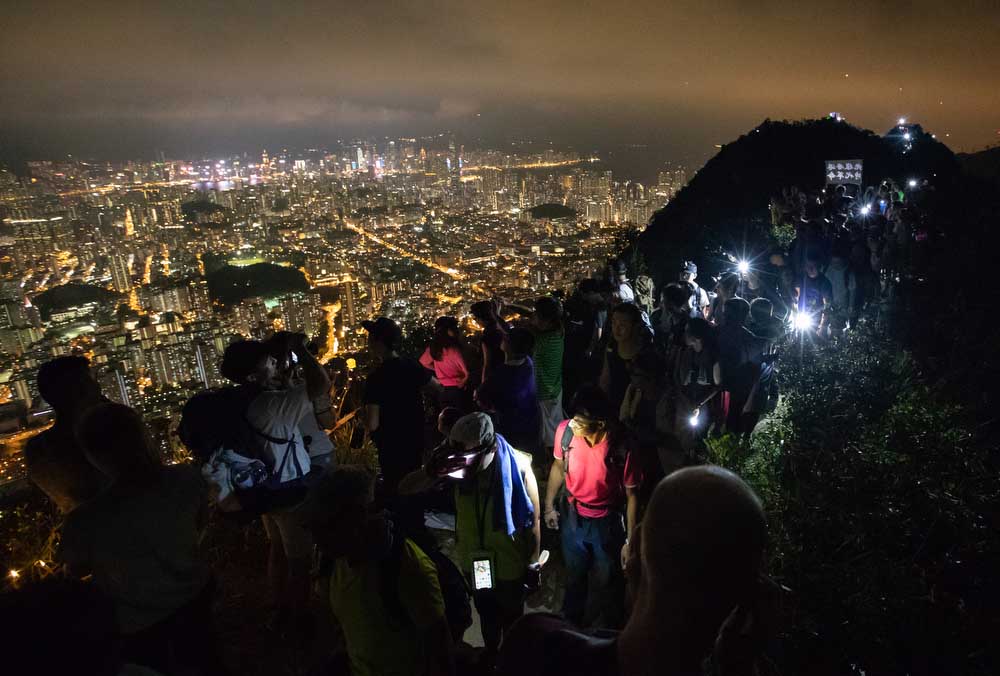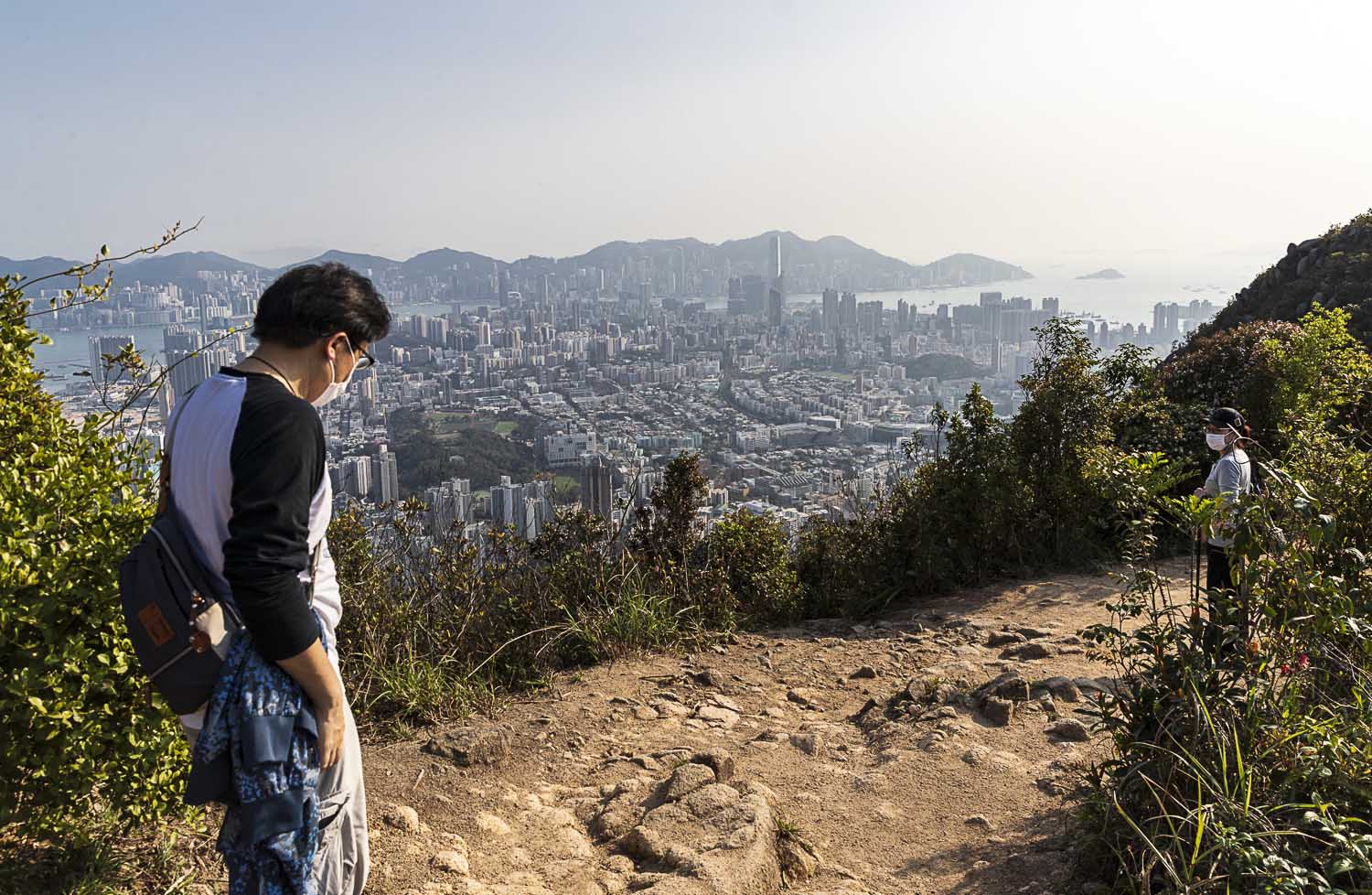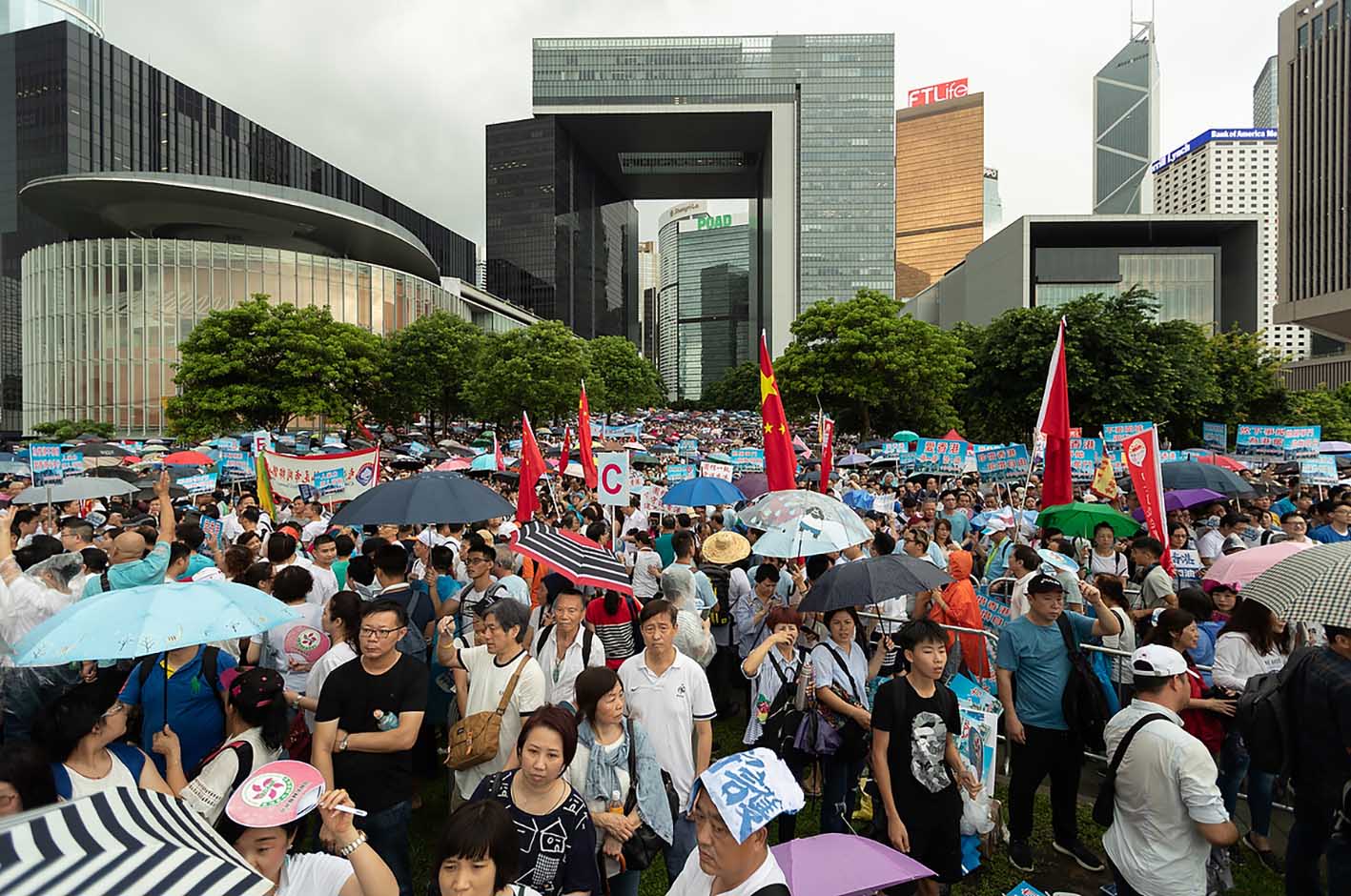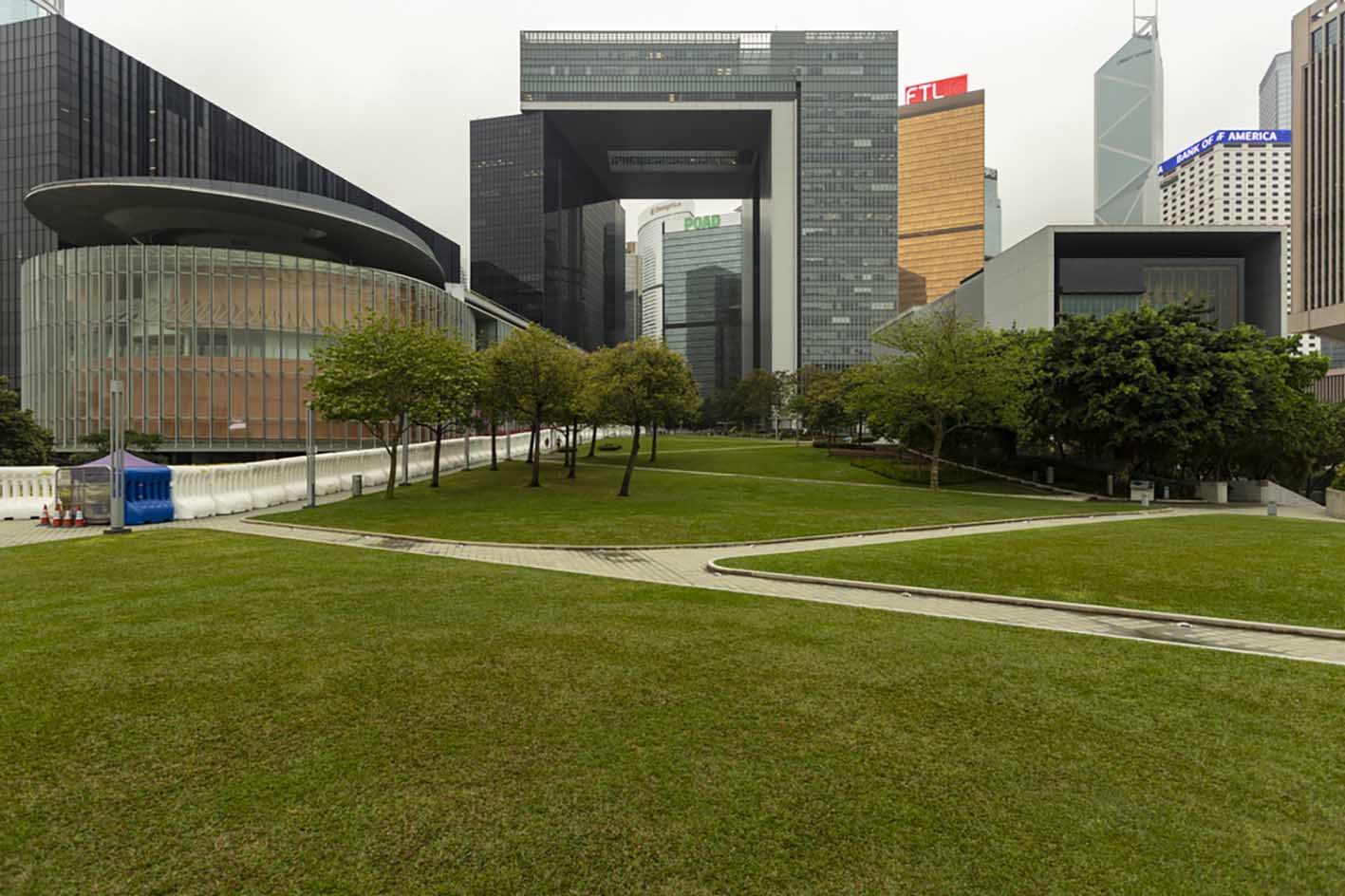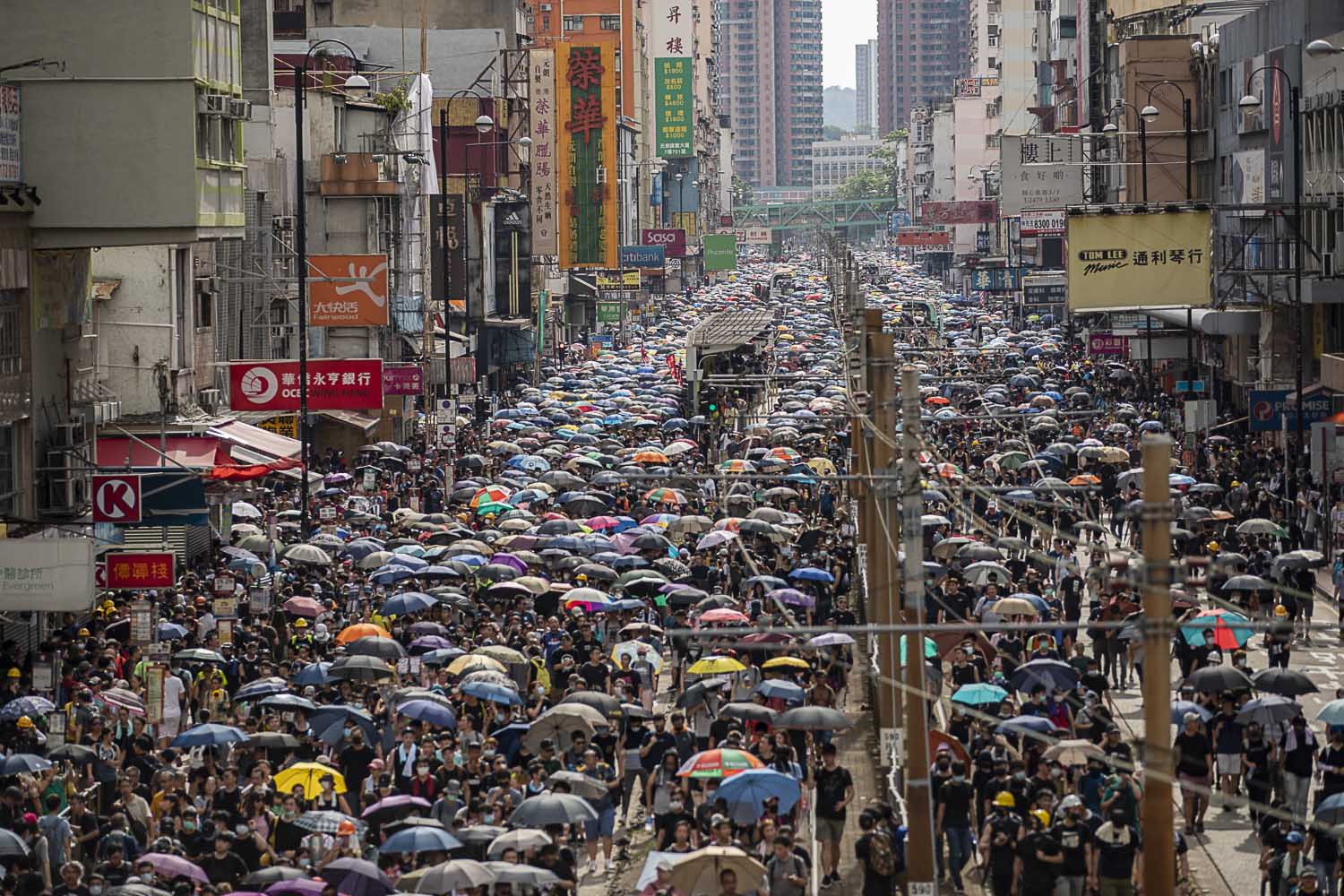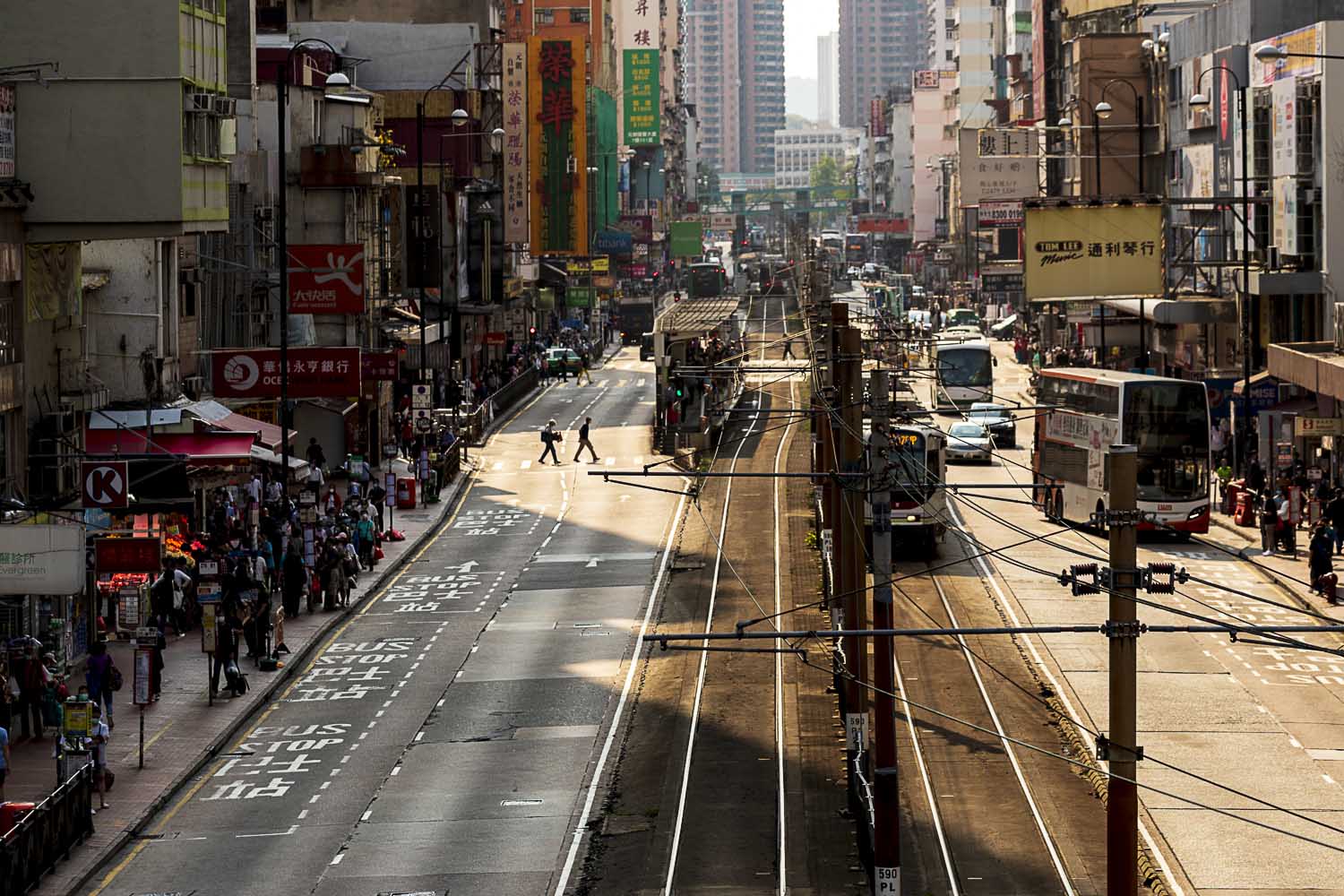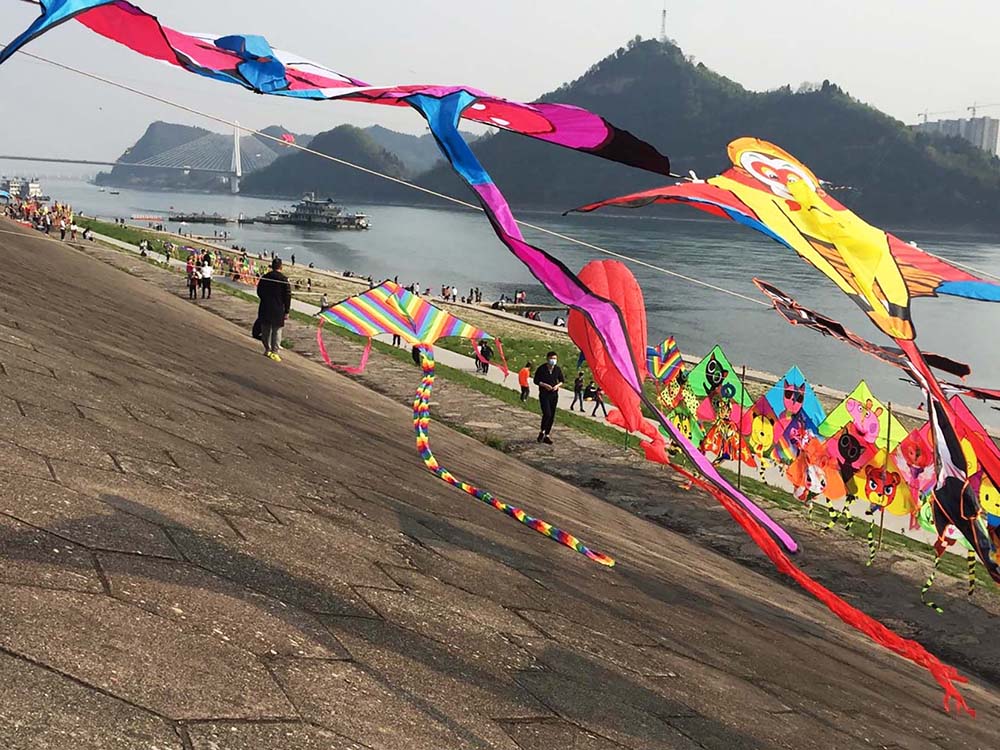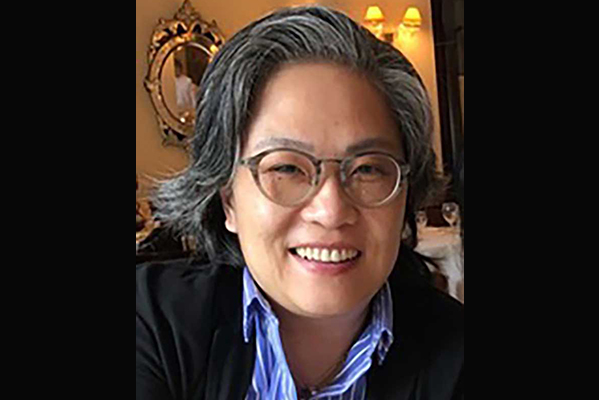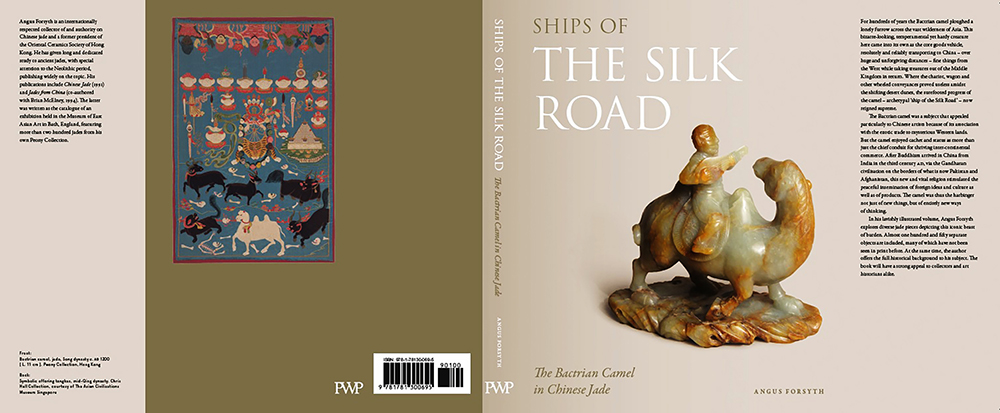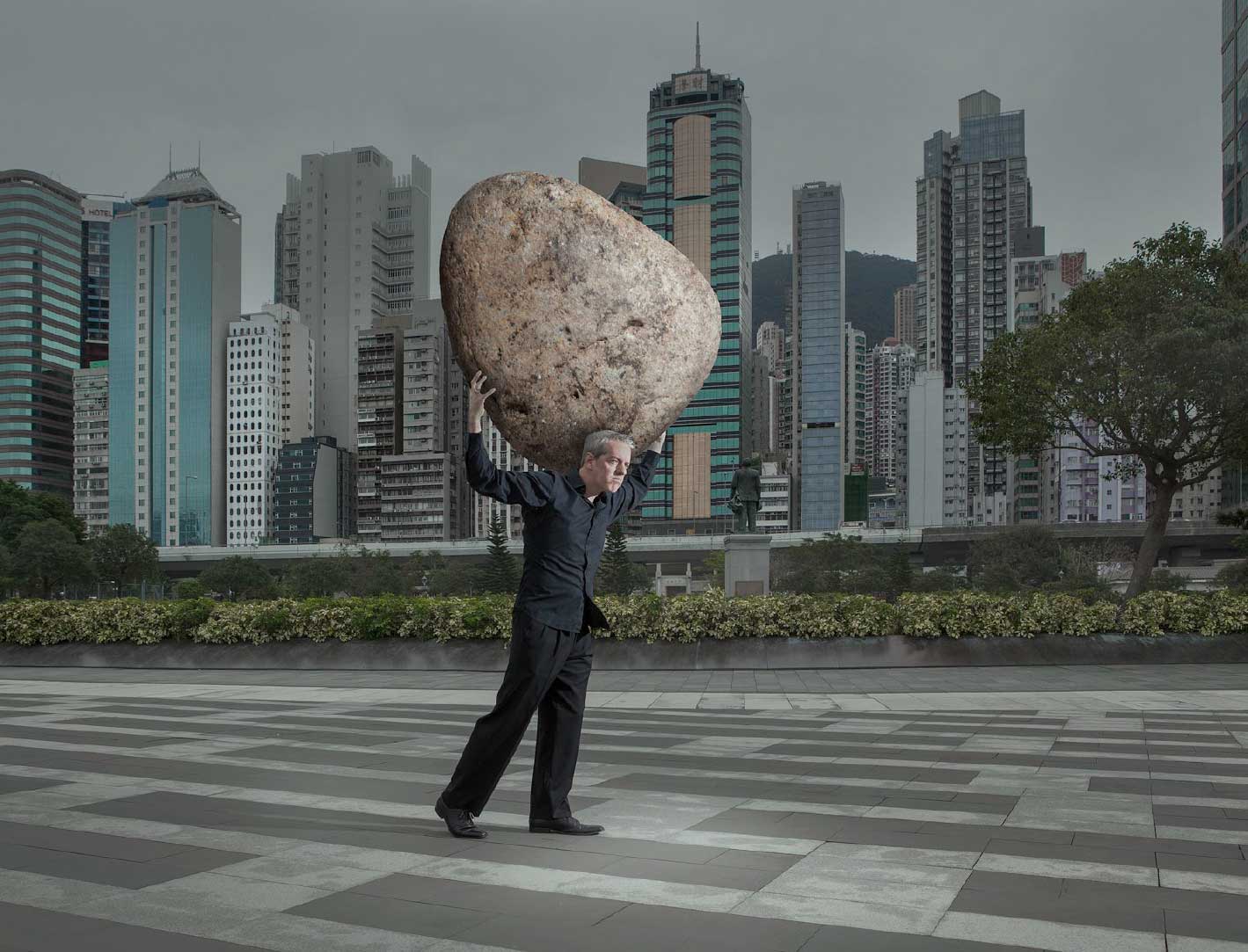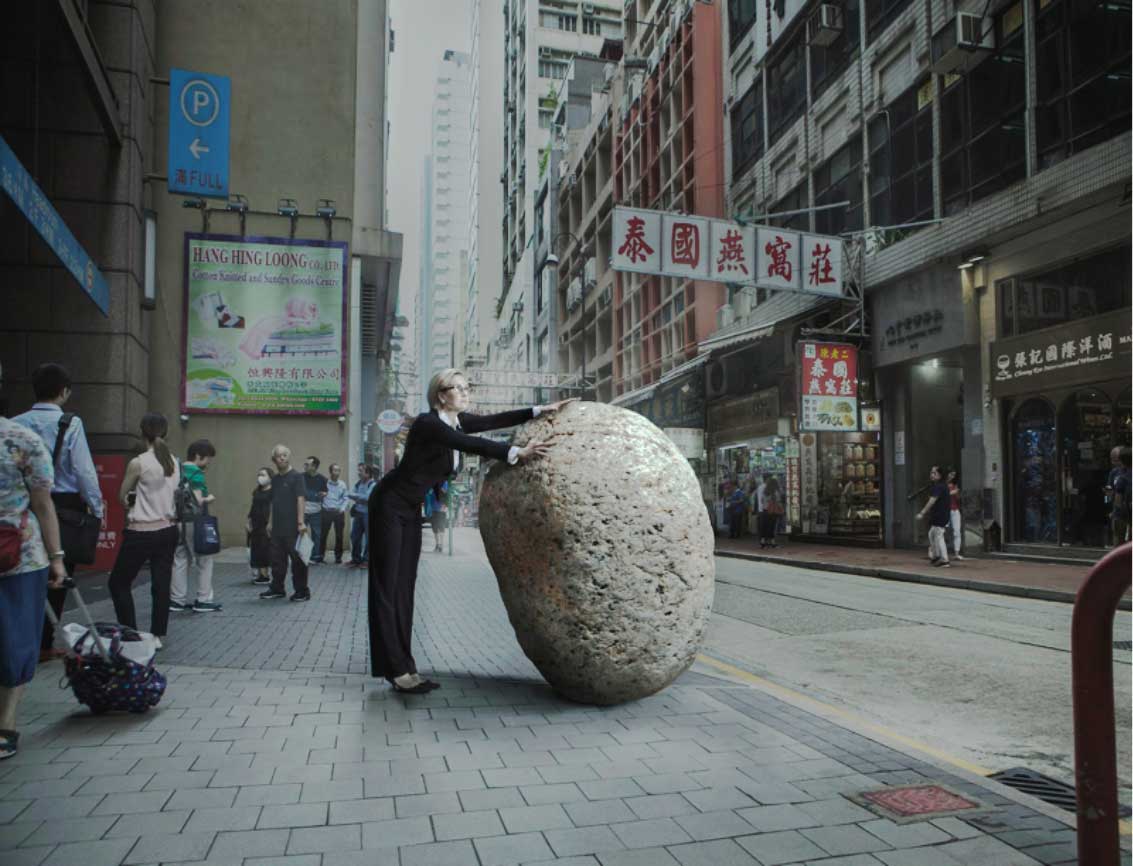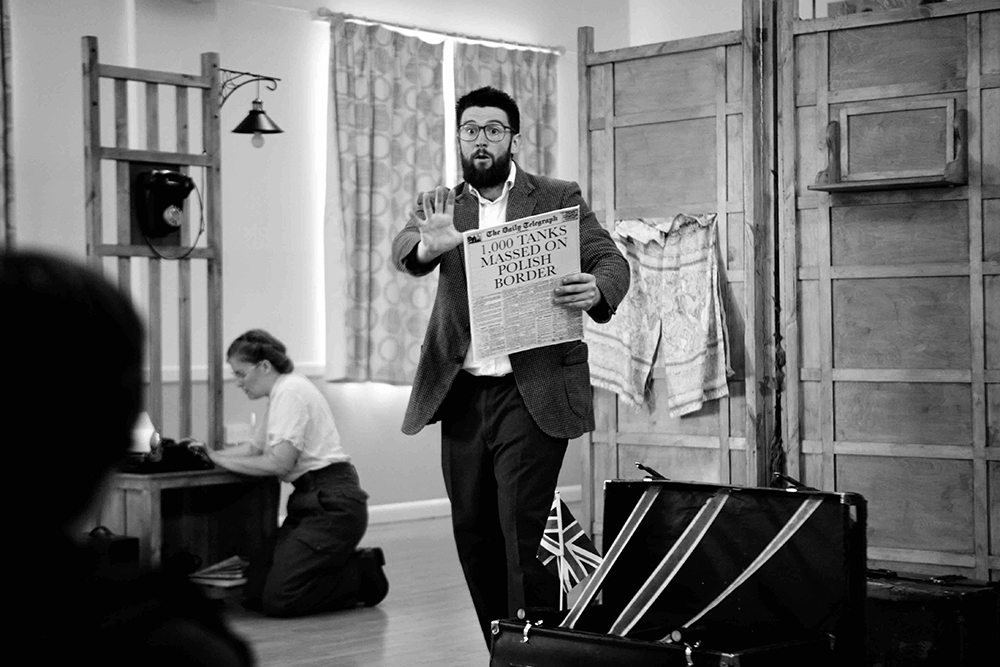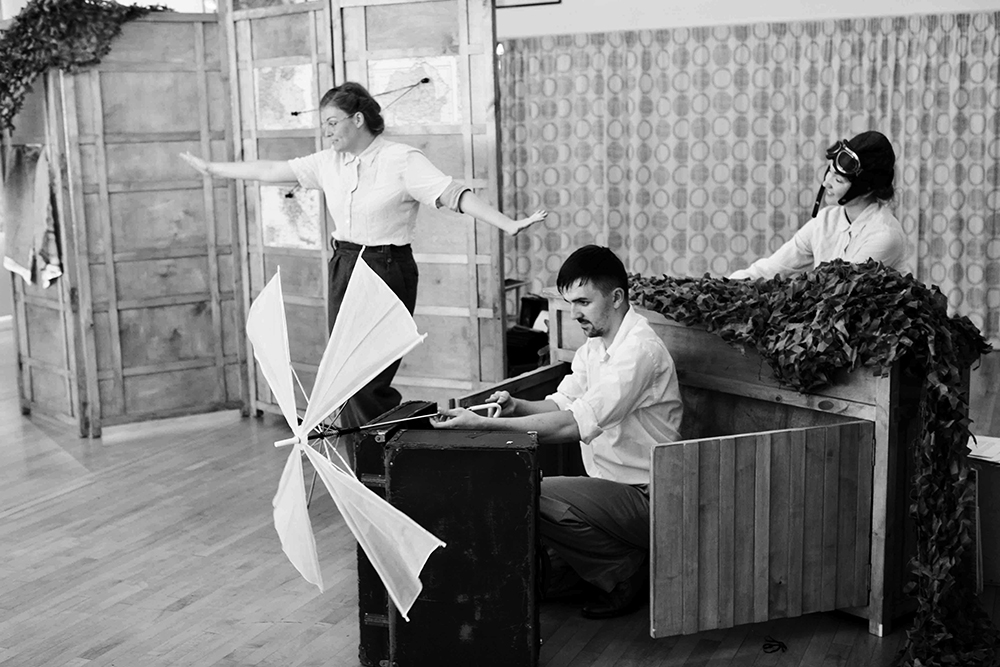From taking care of their own health to making sure they get their facts straight in the middle of chaos, reporters on the frontline of the coronavirus story in Hong Kong see no let-up in their workload. Elizabeth Cheung reports.
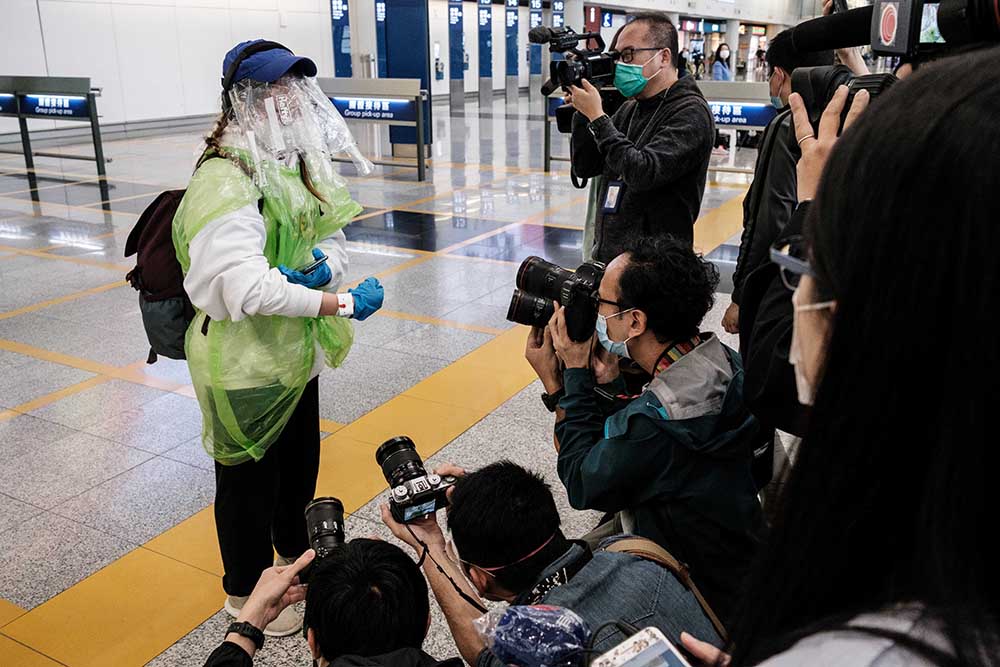 A passenger is surrounded by the media while showing off her quarantine tracking wrist band at Hong Kong’s international airport
A passenger is surrounded by the media while showing off her quarantine tracking wrist band at Hong Kong’s international airportCovering the coronavirus crisis in Hong Kong over the past two months has been daunting.
Without warning, there could be sudden information about possible new infections, or a major policy shift in response to another rapid development in the epidemic, that we need to share with our readers as quickly, comprehensively and presentably as possible.
Never in my 6½ years in journalism have the demands been as intense.
I often start my day chasing up sources to confirm new cases of COVID-19. While waiting for replies, I browse through stories from major local newspapers to compare our coverage and check if anything has been missed.
If my contacts reveal updates then, no matter where I am, I need to file a few paragraphs so we can break the developments online. That means thumbing away on my 4.7-inch smartphone, whether I am on a bumpy bus ride to work or a crowded MTR platform.
Then I will catch up with the editors on the coronavirus stories to pursue and the angles to take over the rest of the day, based on the latest developments. That can be a new study from Hong Kong scientists shedding more light on the virus, or loopholes circulating on social media for the quarantine measures introduced by the government.
Apart from working on our own follow-ups, I also constantly monitor online the unfolding developments across the city.
Attending or watching the Department of Health’s daily 4.30pm press briefing has also become part of my routine.
But the moment tending to trigger the biggest adrenaline rush of the day is when the health department confirms how many people have been infected, which usually drops between 10.30pm and midnight and often when the print edition of the newspaper is on the verge of going to press.
That brings a frenzy of last-minute updates with changes shouted across the newsroom and journalists dashing between desks. By the time I finish for the night, it may have been 12 hours or longer since my first task of the day.
On December 31, when the Hong Kong government first met the media about a cluster of viral pneumonia cases in Wuhan in China, never did I imagine it would evolve into a global pandemic, with such a far-reaching impact and extending over such a long period of time, with still no end in sight.
The battle against the virus has been uncharted territory for everyone. Doctors and nurses have risked all on the front line caring for patients, while scientists race against time to develop vaccines and identify effective medication.
Journalists are also working around the clock, chasing information in a competitive environment to keep their readers informed.
The speed with which the crisis is developing means journalists are heavily reliant on their sources to stay ahead and update the public before official announcements, which usually come hours after key information starts circulating.
A network of other local reporters also provides a valuable channel for cross-checking information from sources or revealed at a press conference.
Drawing on a wide range of voices from Hong Kong experts to comment on COVID-19 has proven difficult. Unlike in other parts of the world where reporters have a wealth of experts on hand, in Hong Kong there are only a few to consult.
The experts we speak to are some of the best in the world, but from a journalistic point of view there is a limited pool and having more diversity would offer our readers a wider perspective.
Reporting on an epidemic presents health issues for individual reporters. My colleagues and I are taking extra precautions. Similar to most Hongkongers, we wear masks whenever we head out on assignments. In high-risk areas, such as quarantine centres, reporters are also asked to wear goggles.
In line with calls from medical experts to adhere to social distancing, our newsroom implemented work-from-home arrangements for four weeks from late January, and again after a freelancer working in the office was confirmed as infected in mid-March.
For frontline reporters like me, we still went out covering assignments, but the lack of an office base to return to presents its own challenges. Equipment is key to avoid running out of battery on laptops and mobile phones when out in the field.
Story planning with editors can be maintained through phone and video calls, instant messaging and emails, but when last-minute changes to copy are needed, you get to appreciate the value of face-to-face interaction.
As the relentless spread of the virus led to unprecedented interventions such as border closures, city lockdowns and travel restrictions, as well as social reactions such as panic buying, it was soon apparent reporting this crisis was no longer limited to the health beat.
In our newsroom, we have an education reporter following up the closures of schools and delays to exams; economy reporters looking into how the tourism and business sectors are affected; and political reporters sniffing out what senior officials will do next.
Without teamwork, it would be impossible to properly cover such a complex and multifaceted story.
After the intensity of the anti-government protests in Hong Kong that dominated the latter half of 2019, the emergence of the coronavirus outbreak, which seemed to follow on seamlessly, has proved a real test.
But it is also a privilege to help tell this story at this very moment in Hong Kong’s history, bearing witness to a most extraordinary time.

